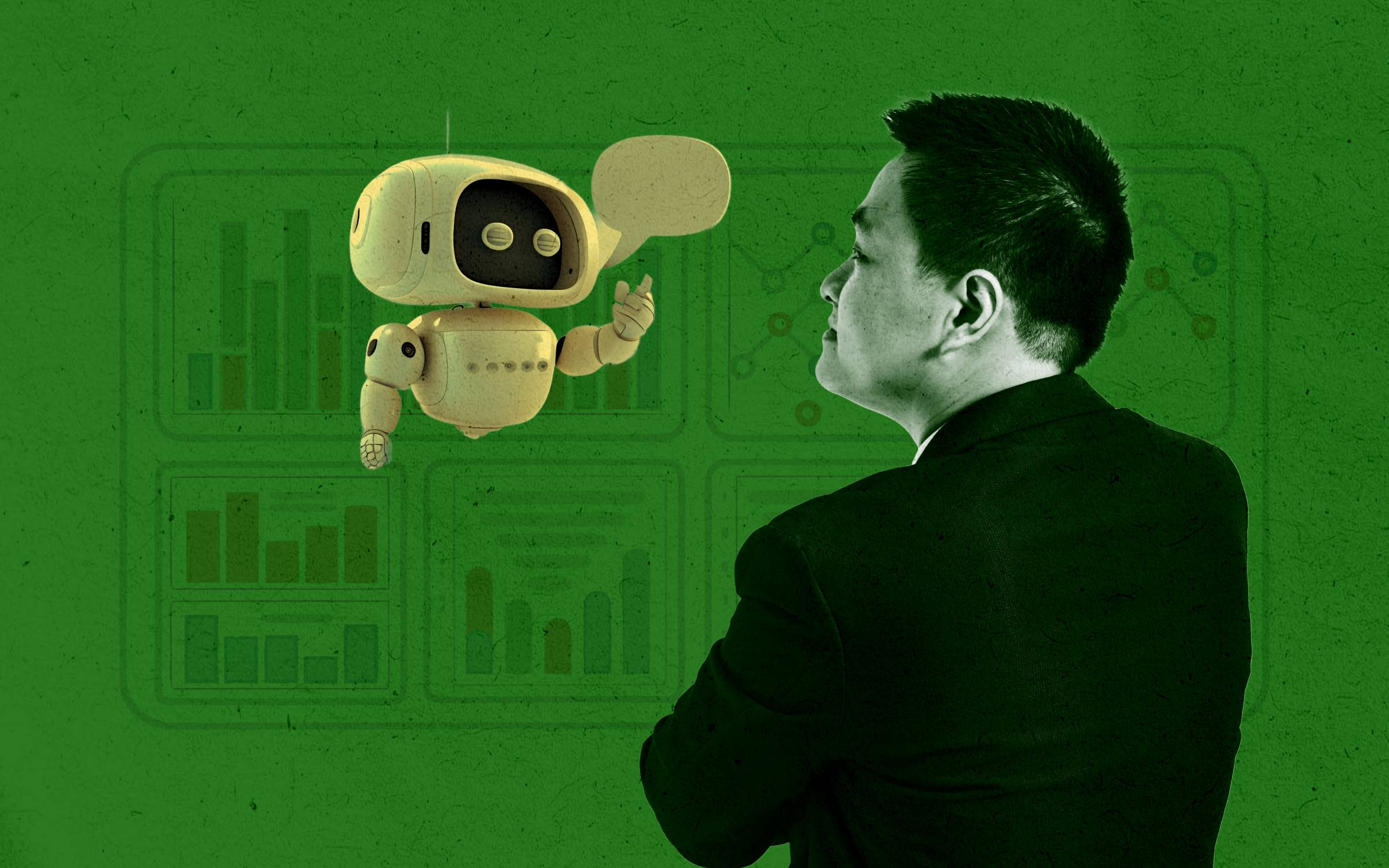The conversation around returning to the office has drastically changed since the early days of the pandemic. At one point, it seemed inevitable that those who worked in an office pre-pandemic would simply return once the pandemic was “over,” but these days, employees are resisting demands that they return to the office. It’s my belief that it’s only a matter of time before the organizations and industries that are able to will move toward a fully distributed workforce model. For DEI professionals and industry-leading organizations, this is great news.
A globally distributed workforce is a potent force for promoting diversity, equity, and inclusion within organizations. It’s something I’ve witnessed firsthand as the director of DEI at Elastic, a company that powers search, observability, and security for major players like Walmart, Uber, and Tinder. Elastic proudly serves 50% of the Fortune 500, and we do so with a fully distributed workforce spread out across the globe. In fact, most of our workforce is outside the U.S.
But how exactly does the distributed workforce model have a positive impact on DEI outcomes? And how can you ensure your organization adopts a distributed model successfully?
Remote vs. Distributed Work
Before we dive into the DEI-related benefits of a globally distributed workforce, it’s important to clarify the distinction between distributed work and remote work. While both involve working from locations outside the traditional office, there are differences when it comes to organizing and executing work processes.
Remote work typically implies the existence of a centralized office with some employees regularly or occasionally working from remote locations. Distributed work, on the other hand, involves a workforce that operates from various locations worldwide, often without a central office. In a distributed workforce, remote work is the default rather than the alternative.
While on the surface, these two models may look the same — employees working outside of a traditional office space — their approach to daily operations, hiring, training, etc., couldn’t be more different.
Improve Your DEI Efforts With a Distributed Workforce
It’s readily apparent how distributed workforces can bring a host of benefits to employees and employers alike, but how can a distributed workforce positively impact your DEI efforts?
1. Increased flexibility means a more diverse workforce. When you have a global workforce, even if you were to enforce a traditional 9-to-5 schedule on every employee, you’ll never have the entire team present at any given time. So why would you enforce a traditional 9-to-5 schedule?
Providing your employees the freedom to choose their own hours not only creates an environment of trust and goodwill, but it allows for a number of people to remain in the workforce, such as mothers and people with disabilities. A fully distributed workforce means a more diverse organization, and in many cases, a more equitable world.
2. An entirely virtual environment means marginalized identities face fewer microaggressions. Particularly for Black Americans, the remote work experience has had positive implications for their mental health as they experience fewer microaggressions. This isn’t to say that microaggressions, or even overt racism, don’t happen in virtual workplaces. They do, although they might look different.
However, these interactions are taking place less often, allowing POC to perform their jobs in peace, as is their right. Additionally, with a fully distributed workforce, when microaggressions do happen, they typically occur through digital channels — on recorded Zoom calls or in Slack messages — meaning that the behaviors have the opportunity to be moderated more effectively.
3. Focusing on results leads to more equitable promotions, more diverse leadership. A fully distributed workforce means employees can remain focused on their work without getting distracted by “office politics.” In turn, leadership can recognize which employees are producing results, leading to more equitable promotions. More equitable promotions result in a more diverse leadership team, and a more diverse leadership team boosts innovation. See where I’m going with this?
Lessons Learned in Transitioning to Global Remote Work
For those who decide to fully transition their organization to a distributed workforce, here are three lessons I’ve learned personally:
1. Be intentional. Make a conscious effort to be available for phone calls and Slack messages. It’s essential to foster connections but remember, constant video meetings can lead to Zoom fatigue. Consider walking meetings or, when possible, turn off self-view during video calls.
2. Embrace flexibility. Accommodate team members across different time zones by being flexible with your working hours and theirs. Sometimes, it means having a meeting at 6 a.m. to align with colleagues in another part of the world, and other times, it might mean taking a long lunch break to spend quality time with your family. It’s a win-win that benefits both you and your team.
3. Set expectations. Collaborate with leaders, teammates, and business partners to establish clear expectations for meetings and live collaboration availability. Then, structure your workflow to incorporate asynchronous work. For instance, you might schedule two weekly meetings with your team and reserve a two-hour window in the morning or afternoon for synchronous interactions. The rest of your time can be dedicated to asynchronous work, allowing for more flexibility and efficient global collaboration.
Aim for Harmony, Not ‘Balance’
One of my core beliefs is that there’s no such thing as “work-life balance,” only harmony. In a distributed workforce, employees have the flexibility to adapt their schedules based on their individual needs. On some days, work might occupy 100% of your time, while on others, family and self-care might take precedence. This harmony is necessary in order to succeed at distributed work. Foster an environment of trust within your team, prioritize results over hours, and watch your organization flourish.






